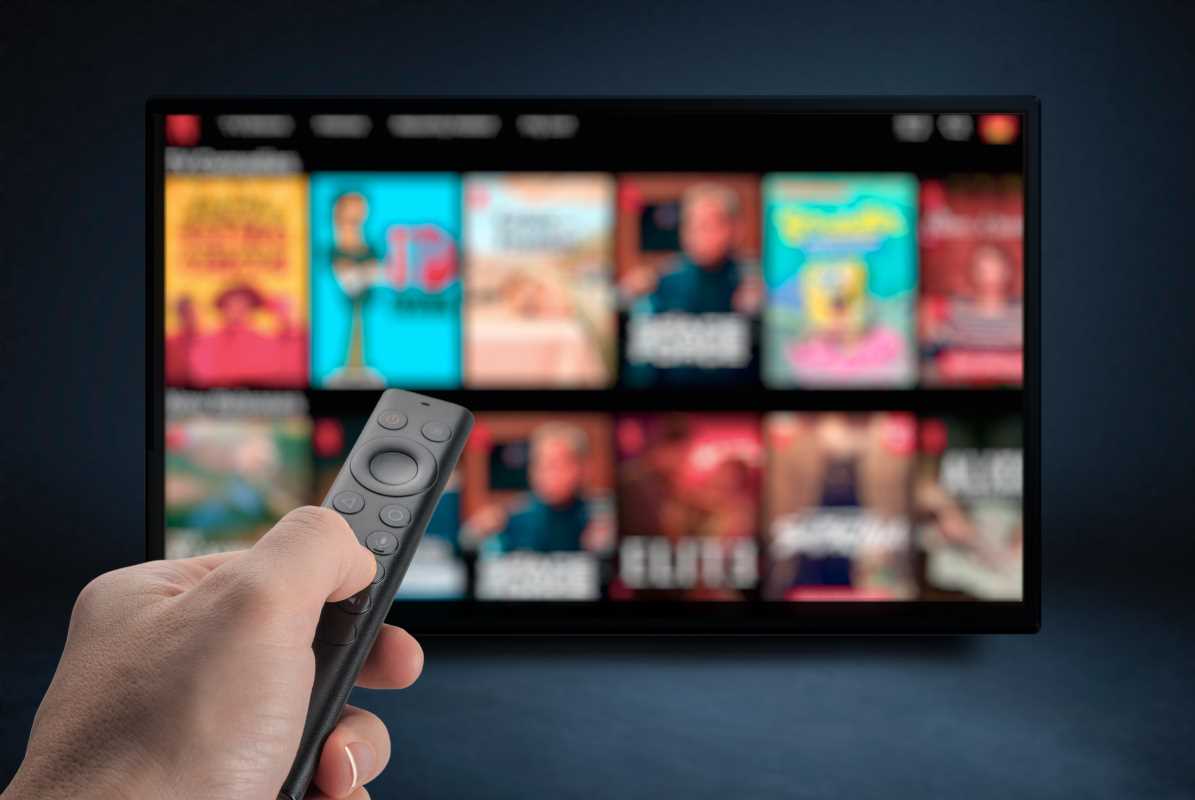Few rivalries in the entertainment industry have become as fierce as the competition for live sports coverage. Streaming giants are pouring immense resources into securing broadcasting rights for major leagues and niche sports alike, battling not only each other but also traditional broadcasters. By 2025, this clash has reshaped how fans experience games and driven innovation in sports media.
Streaming Titans Enter the Arena
The lineup of competitors includes well-established streaming platforms such as Amazon Prime Video, Apple TV+, Disney-owned ESPN+, and Netflix, which continues to expand its footprint in live content. Even newer players like Google’s YouTube, with its push for NFL Sunday Ticket rights, and niche sports-focused platforms like DAZN have put pressure on the industry’s traditional powerhouses.
For these companies, live sports represent not just an audience draw but a way to lock in long-term subscribers. Sports fans are often the most loyal viewers, sometimes willing to pay premium prices for access to their favorite teams or matches. Securing the rights to broadcast popular leagues like the NFL, NBA, Premier League, or Formula 1 offers a reliable way for streaming platforms to grow monthly subscribers and dominate their competitors.
Strategies for Securing Rights
Streaming platforms have adopted aggressive tactics to win the bidding wars for sports rights. Companies like Amazon have targeted exclusive arrangements, acquiring rights for Thursday Night Football broadcasts in the U.S., along with English Premier League matches in Europe. Apple’s partnership with Major League Soccer (MLS), which includes full access to all games globally on their platform, is another example of exclusivity becoming a key strategy.
Unlike traditional TV deals, many streaming platforms go the extra mile by securing rights across multiple regions and devices, ensuring fans can access games anywhere. Additionally, many have embraced tiered subscriptions, offering premium packages for sports enthusiasts with bundled extras such as behind-the-scenes documentaries or early access to merchandise. These innovations create new ways to not just attract, but retain subscribers.
Transforming the Sports Viewing Experience
By 2025, streaming technology is redefining how fans watch and engage with live sports, creating personalized and interactive experiences that were once unimaginable.
Enhanced Streaming Quality
4K and HDR technology have become the standard for sports broadcasts across premium streaming platforms. With ultra-HD visuals, fans enjoy a cinematic experience from the comfort of their homes. Paired with surround-sound capabilities, the clarity brings every blade of grass, drop of sweat, or thrilling touchdown into vivid focus.
Interactive Features
Platforms like Amazon Prime Video have led the way with innovations such as multi-camera viewing options and real-time stats overlays. Fans can choose to follow a specific player, control viewing angles, or access instant replays on-demand during streams. These interactive features transform audiences from passive viewers into active participants.
AI-Powered Personalization
With the use of AI, streaming services now tailor sports content to individual preferences. From recommending games based on past viewing behavior to delivering highlights directly to mobile devices, AI ensures fans stay connected to their favorite teams, even when they can’t watch live. Personalized “game day dashboards” aggregate news, stats, and insights, making it easier than ever for fans to stay informed.
Challenges Faced by Streaming Platforms
While streaming giants are pushing boundaries, they also face significant hurdles in their quest to own live sports.
Skyrocketing Rights Costs
Bidding wars for major leagues often spiral into billions of dollars, with the NFL’s recent deal pricing annual rights at record-breaking highs. To recoup these investments, platforms face pressure to continually grow subscriber bases, prompting concerns about affordability for viewers. For smaller leagues, the competition benefits them, as they can negotiate lucrative deals. However, this comes at a cost to platforms attempting to diversify their offerings.
Competition from Traditional Broadcasters
Despite streaming’s rising dominance, cable and satellite providers maintain significant influence. Many traditional broadcasters quickly adapted by launching their own streaming platforms bundled with live content, such as ESPN+ and Peacock. The presence of these hybrid models forces purely digital platforms to find even more unique selling points to differentiate themselves.
Subscriber Fatigue
While hardcore fans may pay for multiple subscriptions to access all their favorite sports, casual viewers may find it overwhelming. Fragmentation in the sports streaming landscape has led to concerns about “subscription fatigue,” where the proliferation of separate platforms makes following sports prohibitively expensive.
The Future of Sports Streaming
Looking ahead, the battle for live sports coverage will continue to reshape the landscape of sports media well beyond 2025. Expect even more technological innovation, with explorations into Virtual Reality (VR) and Augmented Reality (AR) enabling fully immersive fan experiences. Instead of merely watching the game, fans might virtually “sit” courtside or explore a stadium in real time.
Furthermore, partnerships between streaming platforms and sports leagues may deepen, leading to collaborative projects like exclusive documentaries, co-branded merchandise drops, and even localized fan events that combine physical and digital experiences. Global accessibility will also remain a key target, as platforms seek to maximize international audiences and engage diverse fanbases.
Ultimately, the competition among streaming giants is a win for fans, delivering more options, cutting-edge features, and unprecedented access to sports. But for platforms, only those that provide extraordinary value, seamless experiences, and sustainable pricing will emerge as leaders in this high-stakes arena. Whether you’re cheering from your couch or engaging in a VR-powered fan experience, the world of sports streaming is unleashing a new era of excitement and innovation.
 (Image via
(Image via
.jpeg)




